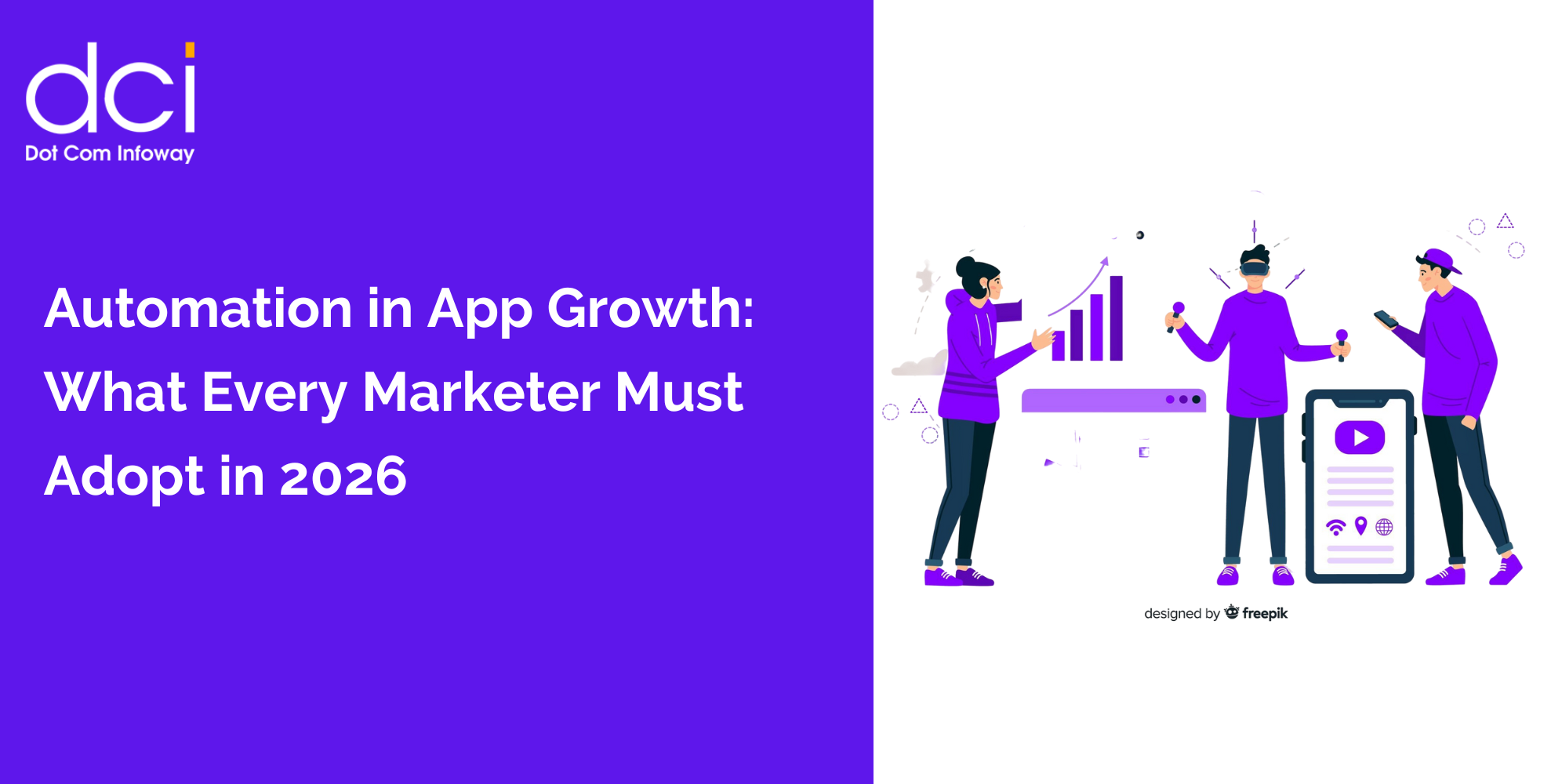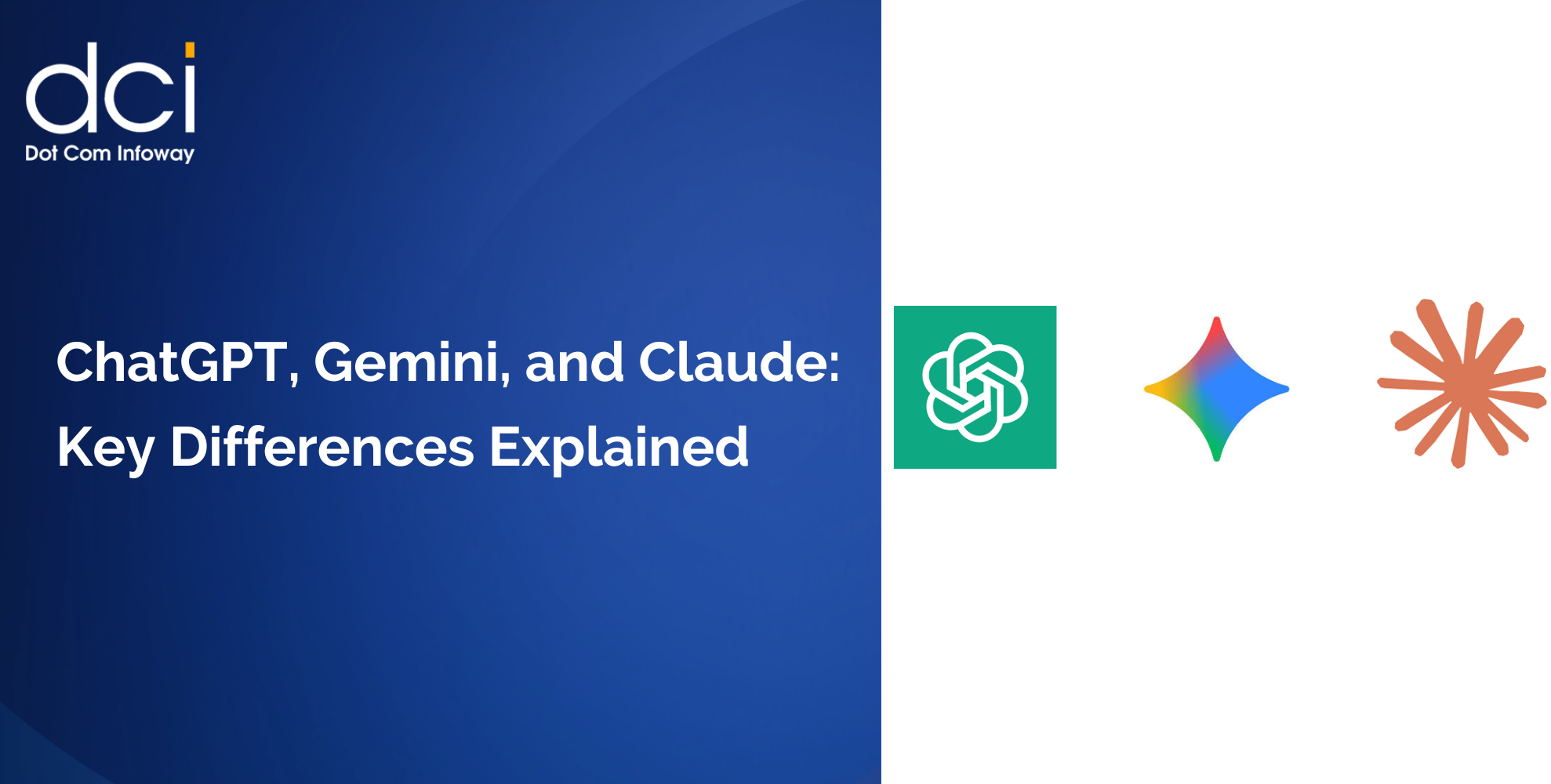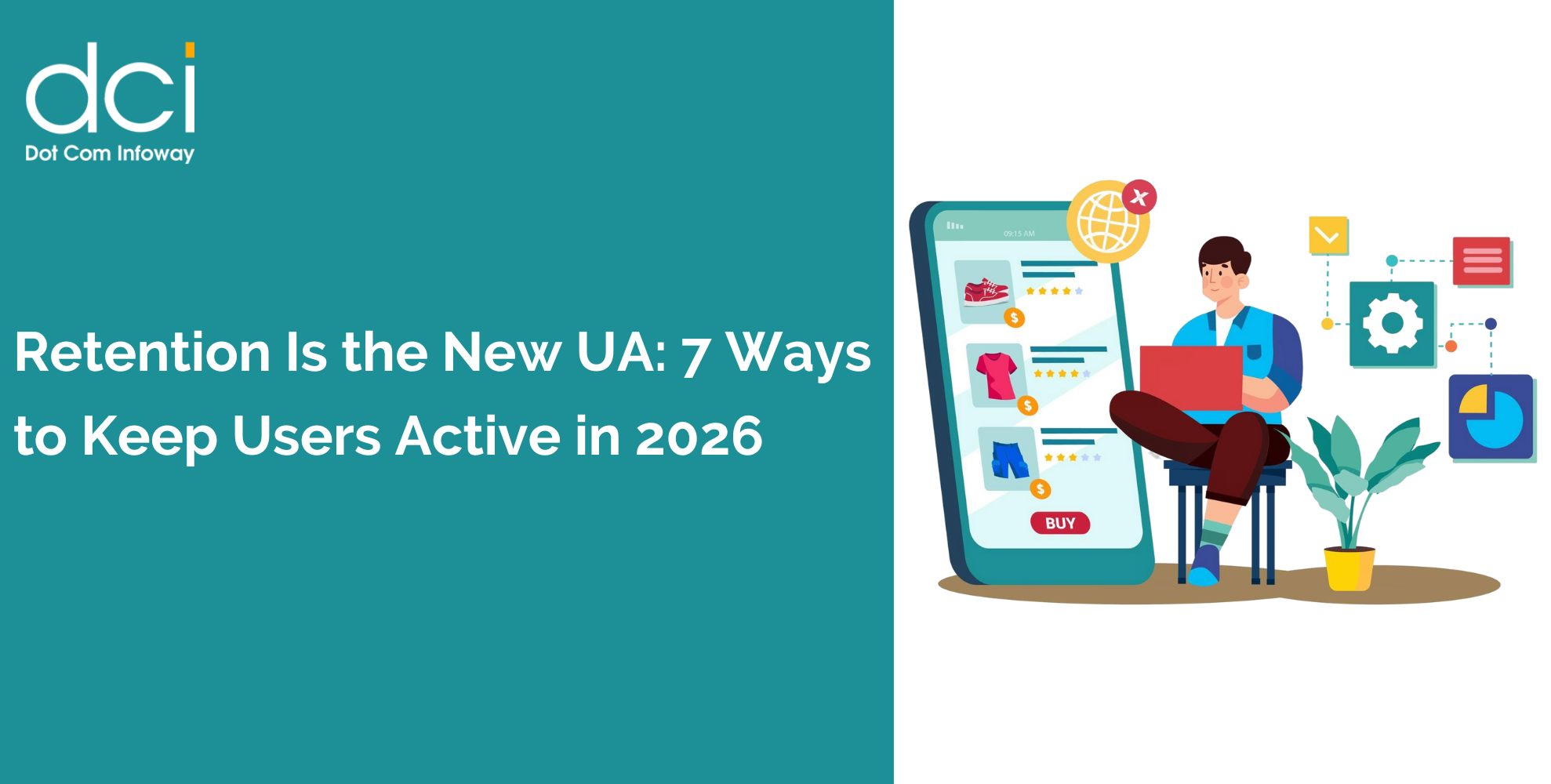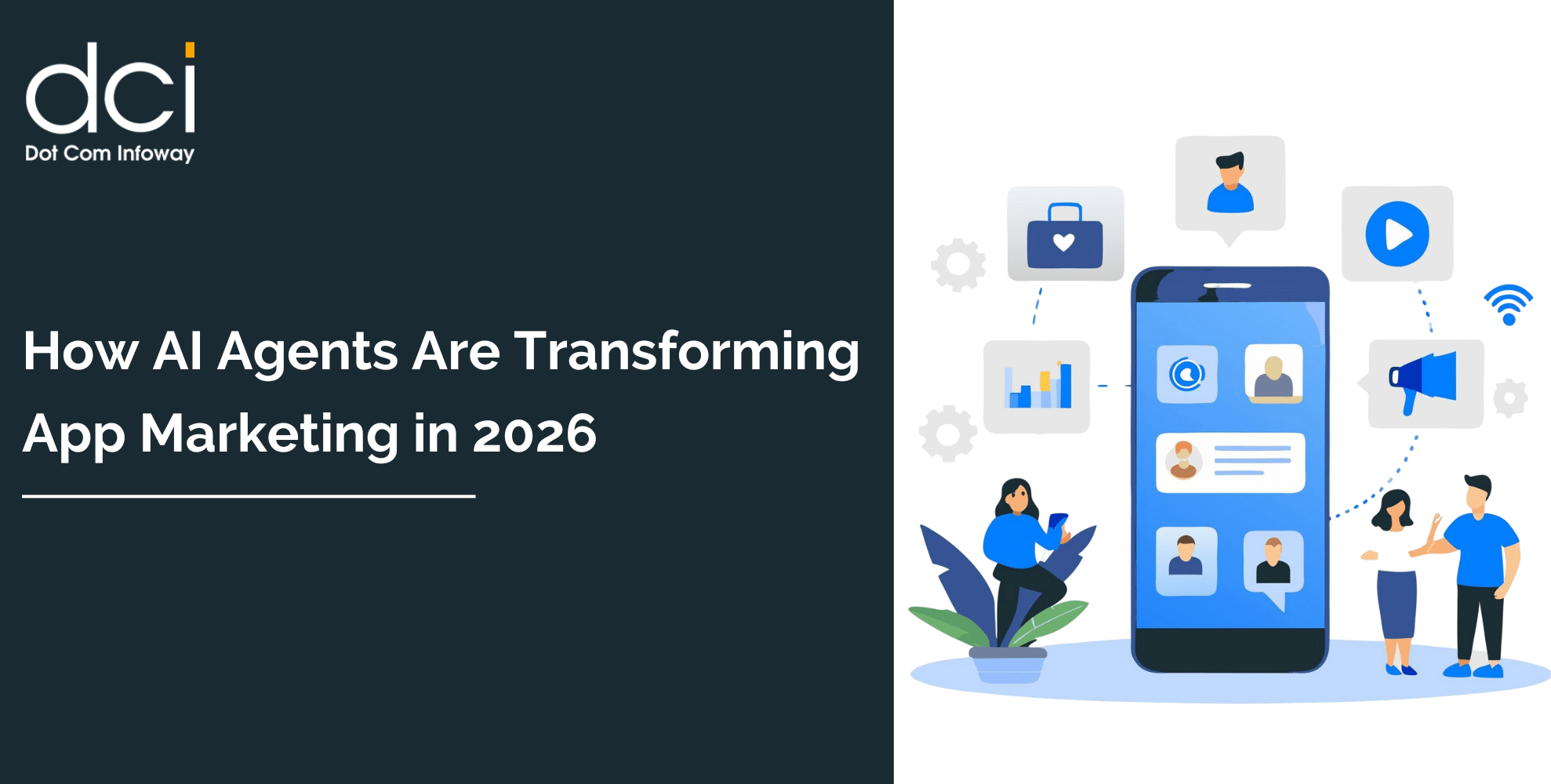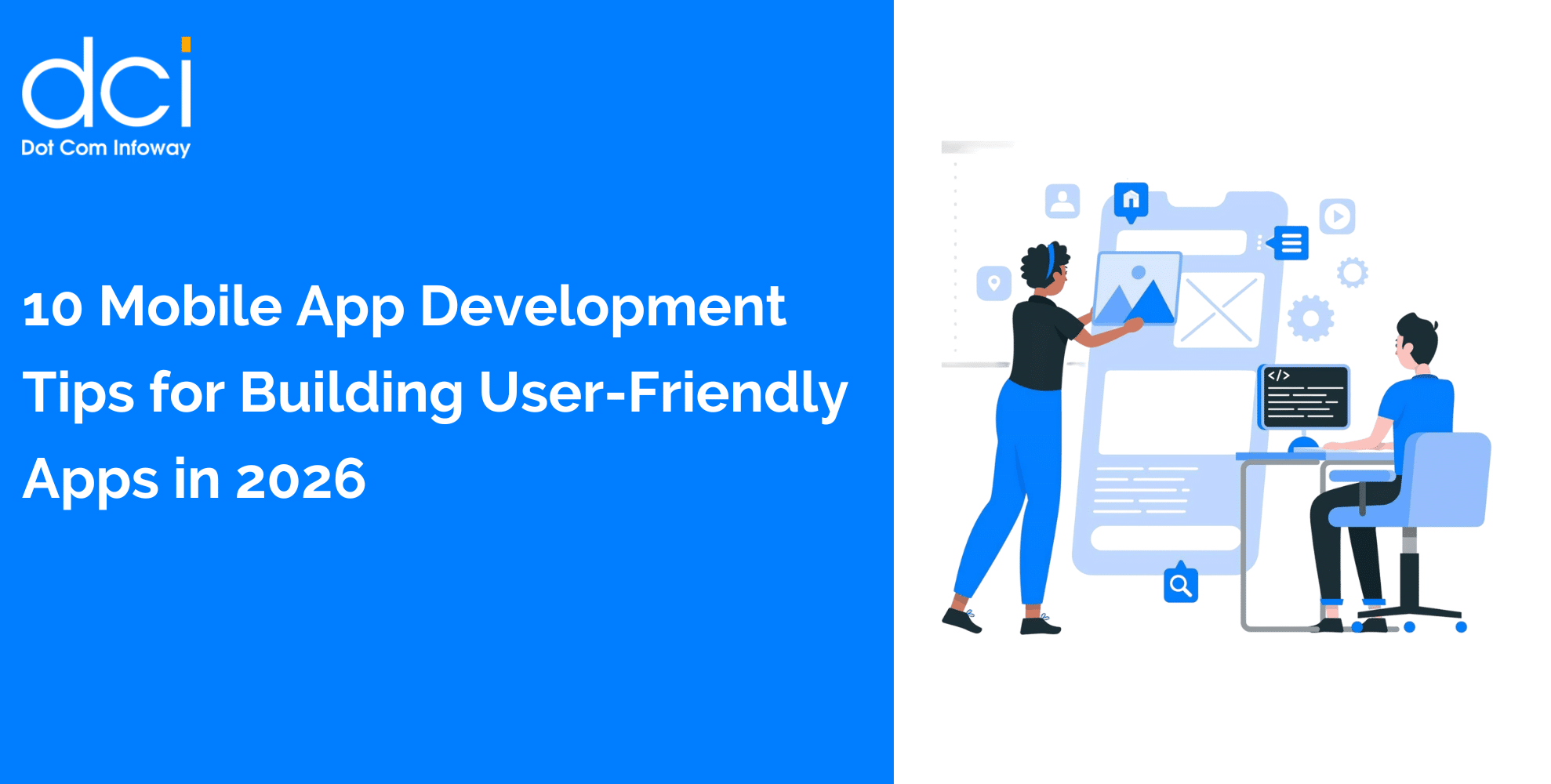What is ASO?
In simple terms, App store optimization refers to the process of customising your application in order to attain a higher ranking on the app store. By integrating this app marketing technique, you stand to have your app more visible in the search results.
At this juncture, it’s prudent that we highlight that ASO shares some aspects with Search Engine Optimization (SEO). A common trait is that both are used to increase the conversion rate. However, the difference comes in the area of use since SEO increases visibility for online content posted on the search web whereas ASO accelerates more downloads of an app on the App Store.
It’s fundamental that we highlight that ASO is a continuous process. Additionally, the complexity and nature of the approach used depends on the results desired by the developer.
Why is ASO important?
After explaining what ASO is, the next step is to understand the benefits accrued from its use. One benefit of ASO Services is that it enables you to design your app in a manner that positively attracts your target audience. At the end of the day, the aim is to drive more organic traffic to your app. If you make use of ASO then you’ll have more users downloading your app.
Other uses of ASO include:
- Foster interaction with the target group
- Compliment other marketing strategies for the product
- Place your product in the limelight
- Aid in obtaining positive reviews and ratings
During your engagement with ASO, you’re bound to come across the terms “organic traffic” and “organic download”. Organic download refers to app download made by users without pay and these users make up the organic traffic.
Metadata
This is classified into two:
- On- metadata- this refers to factors that are entirely under the supervision of the app developer. These elements include; developer name, description, title, keyword, icon, screenshot, and video.
- Off- metadata- – this refers to factors that are beyond the control of the developer. For example reviews, app rating and install volume.
It should be understood that some metadata only influences search rankings while others affect conversion rate. However, some can be manipulated to improve the two. An example is a description.
Below is an in-depth elaboration of the factors affecting App Store Optimization.
Title
With millions of apps being developed daily, it’s essential that you learn how to remain relevant. One way of doing this is selecting a favorable topic. It’s anticipated that the title picked for the app is retained all through. So should it be permanent? Yes. Remember that the higher the rank the more word spreads to the people. Therefore, changing the app title distorts the chain of driving organic traffic to your product.
Another feature that shouldn’t miss on the title is the keyword. This is further explained in the subsequent subtopic.
Keyword
When it comes to app store searches, different people use different approaches. Some opt to type solutions such as “weather” “traffic “or “data” while other go for app names. In order to come up with the most appropriate keyword, it’s recommendable that you conduct a thorough market research.
During this process, you’ll learn the tactics adopted by your competitors and how you’ll outdo them. In this quest, you are able to come up with the right keywords. In the case of Google App Store, the use mid and long-tail keywords earn your app a better ranking. This is because the algorithm is able to easily pick your app in different searches.
Regardless of the app store used, it is for app developers to ensure that the keywords are visible. Has your app tailored in such a way that it pops in several scenarios to attract more organic traffic?
Description
This refers to the information used to elaborate on the app. Moreover, this section requires you to capture relevant information such as the main features, purpose, and benefit of the product.
Writing a description can be a tricky affair that calls for app owners to pick their words carefully. Apart from selecting the most suitable words, it is crucial that the words are well structured and organized to give a clear image of the app.
In coming up with the description, make sure that the word count falls in the limit given. For example, Google Play Store accepts characters up to 4000 whereas iOS allows for 1-2 sentences for app description.
Note: Don’t forget to include a conspicuous call-to-action that intrigues users to download your app.
Category
Looking at the App store, the apps found here are classified into 24 distinct categories. These are:
- Books
- Business
- Catalogs
- Education
- Entertainment
- Finance
- Food & drink
- Games
- Health & Fitness
- Lifestyle
- Kids
- Magazines& Newspapers
- Medical
- Music
- Navigation
- News
- Photo& Video
- Productivity
- Reference
- Shopping
- Social networking
- Sports
- Travel
- Utilities
From the above listing, it is up to the app owner to gauge and determine where his or her app lays. Moreover, there is a segment for apps that are for free and paid ones. Having this in mind, it’s the responsibility of the developer to clearly know their target audience. This should be taken into account when developing and listing the app on the Store.
Icons
When online users visit/search for an app on the app store, the icon becomes the first visual content displayed on a given app. Therefore, it is important to make the first impression count via a unique icon.
Once you accomplish this, you’ll have won the attention of more users hence improve the conversion rate for your mobile app. Here are a few tips on coming up with an outstanding icon:
- Check out your rivals’ icons and come up with something different from theirs
- Ensure that it gives a clear picture of the functionality of the app
- Make use of vibrant and in synch color scheme on your scheme. Nevertheless, don’t include excess elements on your icon
- Use an icon that blends and complements other aspects of your app
- Incorporate borders on the icon to make it bold and attractive
Screenshots/ Videos
ASO analysts have realized that app developers tend to neglect on the use of videos. Even those using them, most do them ‘blindly’.
Basically, screenshots and videos should showcase how to maneuver and use the app. The merit of using screenshots or videos is that users know what to expect. This exudes confidence among unfamiliar users to try out your app.
In the case of iOS these simple guidelines are used:
- Video play should be between 15- 30 seconds.
- Should showcase the functionality of the app.
- Use of clear screenshots.
- Avoid using illustrations of people using the app on a device.
In most cases, the preview video appears at the top of the list and seeks to entice users to download your app. The most common videos that an app developer can come up with are:
- Tutorial videos
- Promo videos
- Demo videos
Just like videos, screenshots should give an impressive first impression as it dictates as to whether a potential user downloads the app or not. It is advisable that you incorporate the best features on the initial 2-3 screenshots. As for the size specification and number of screenshots allowed, different app stores have their own limits.
Word of caution: don’t overdo on the use of screenshots or videos as it may lose meaning and repel organic traffic.

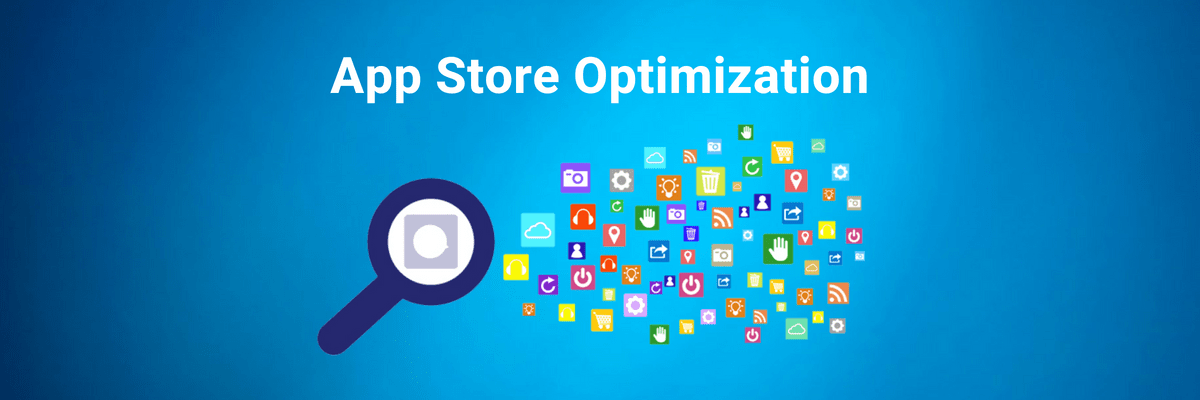

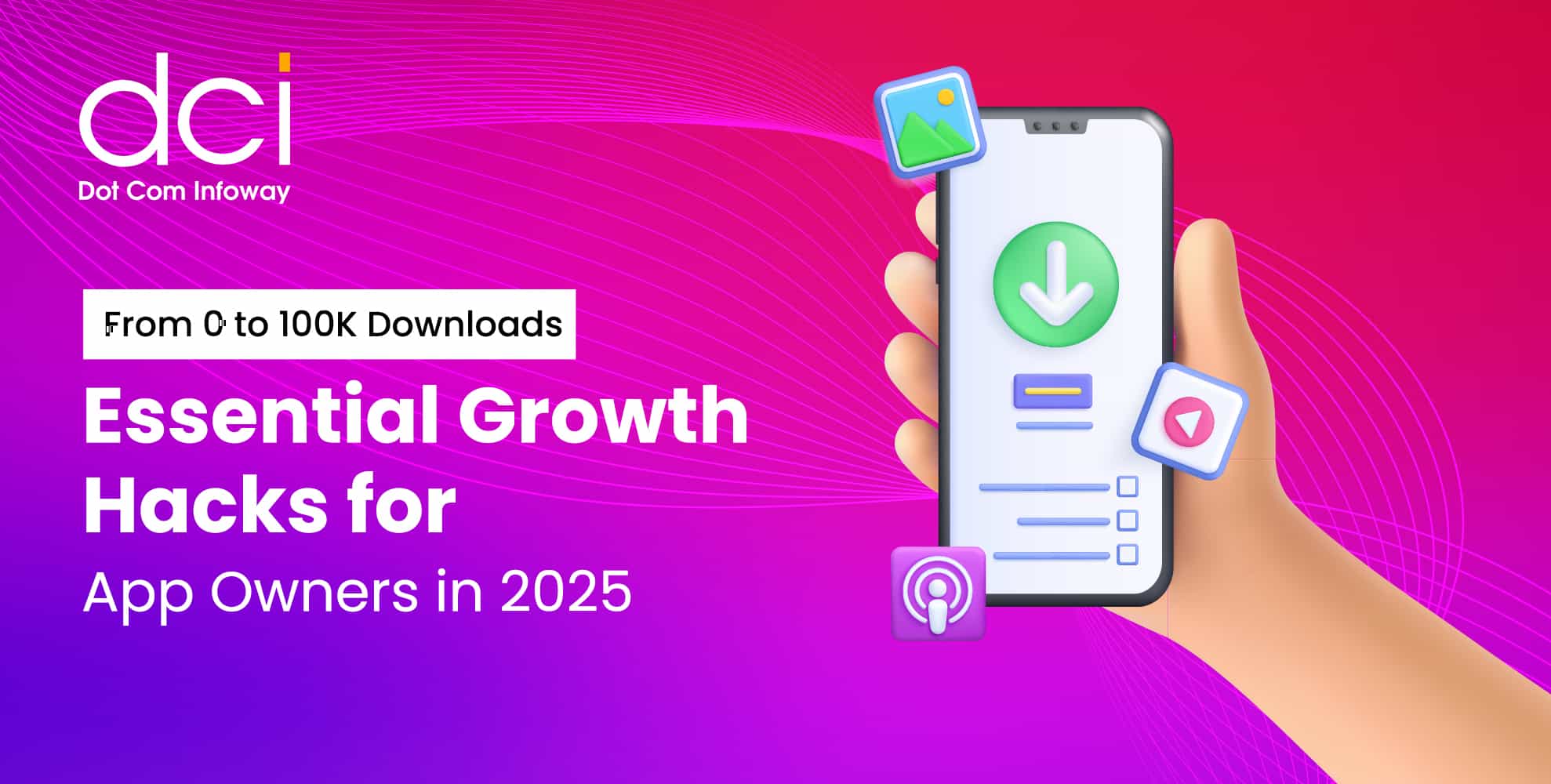

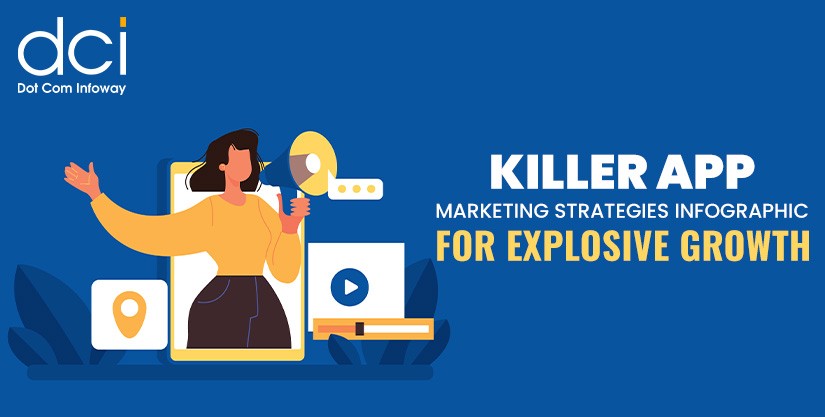

![The Game Marketing Guide: Pre and Post-Launch Strategies [Infographic]](https://www.dotcominfoway.com/wp-content/uploads/2023/09/DCI-Game-Marketing-blog-1.jpg)

